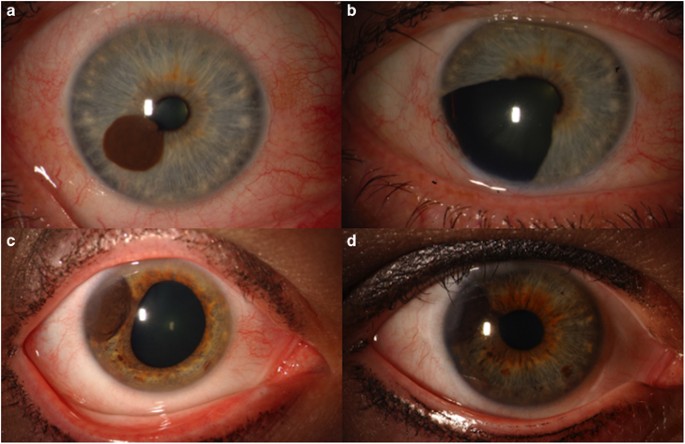Cancer Of The Eye: What You Should Know About Ocular Melanoma
Ocular melanoma may be rare, but its aggressive nature demands attention. Often going undetected in early stages due to subtle or no symptoms, this form of eye cancer can carry serious consequences for vision and overall health if ignored.
We spoke to Dr. Aditya Patil, senior consulting ophthalmologist, who breaks down everything from diagnosis to treatment options and early warning signs of ocular melanoma, a condition many people are unaware even exists.
What Is Ocular Melanoma?
Ocular melanoma is a form of cancer that develops in the pigment-producing cells of the eye called melanocytes. These cells are responsible for giving color to your skin, eyes, and hair. This rare yet dangerous cancer typically occurs in the uveal tract — a middle layer inside the eye made up of the iris, ciliary body, and choroid.

According to Dr. Patil, ocular melanoma is uncommon but potentially life-threatening. Early detection is often difficult because many people don’t experience noticeable symptoms until the condition has progressed.
Symptoms of Ocular Melanoma
In the early stages, ocular melanoma may show no obvious symptoms, but as the tumor grows, some warning signs can emerge:
-
Blurred or reduced vision
-
Flashes of light
-
A dark growing spot on the iris
-
Loss of peripheral (side) vision
-
Eye pain or pressure (less common)
Since these symptoms can mimic other benign eye conditions, early professional evaluation is vital.
Causes and Risk Factors
The exact cause of ocular melanoma remains unclear, but several risk factors have been identified:
Common Risk Factors
-
Light-colored eyes (blue or green)
-
Fair skin tone
-
Older age (typically over 50)
-
Excess exposure to UV rays, including sunlight and tanning beds
-
Genetic mutations & family history of melanoma
Reducing UV exposure and using protective eyewear outdoors may help lower your risk.
How Is Ocular Melanoma Diagnosed?
If ocular melanoma is suspected, a detailed eye examination is conducted using various imaging techniques:
Key Diagnostic Tools
-
Ultrasound imaging of the eye
-
Fluorescein angiography to check blood circulation in the retina
-
Optical Coherence Tomography (OCT) for cross-sectional images of the eye
-
Biopsy if the tumor needs further verification
Early detection significantly improves the chances of preserving vision and limiting the spread of cancer.
Treatment Options for Ocular Melanoma
Depends on Tumor Size and Location
Dr. Patil explains that treatment plans vary based on how big the tumor is and where it is located in the eye. Here are the most common treatments:
-
Radiation therapy (often plaque brachytherapy)
-
Laser treatment (photocoagulation)
-
Surgical tumor removal
-
Enucleation (removal of the eye in severe cases)
Early and targeted treatment is critical to prevent metastasis, especially to the liver, which is a common secondary site in ocular melanoma cases.
Importance of Early Detection
Stay Ahead with Regular Eye Exams
Ocular melanoma can progress silently, making routine eye checkups essential—especially for those at higher risk. Dr. Patil emphasizes that early diagnosis can protect vision and improve survival rates.
Emerging therapies like immunotherapy and genetic-targeted treatments are under research, offering hope for more effective management in the near future.
Final Thoughts: Awareness Can Save Your Sight
Although ocular melanoma is rare, it’s not something to ignore. If you notice changes in your vision, new spots in your eye, or experience persistent flashes of light, don’t delay seeing your ophthalmologist.
An eye exam may uncover more than you think — possibly saving your vision and even your life.